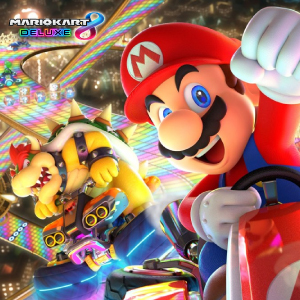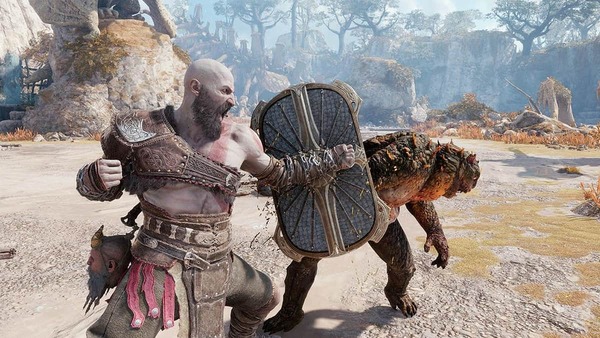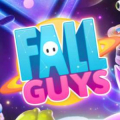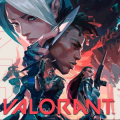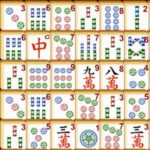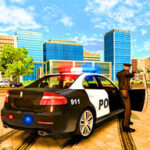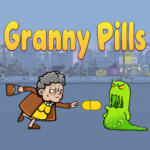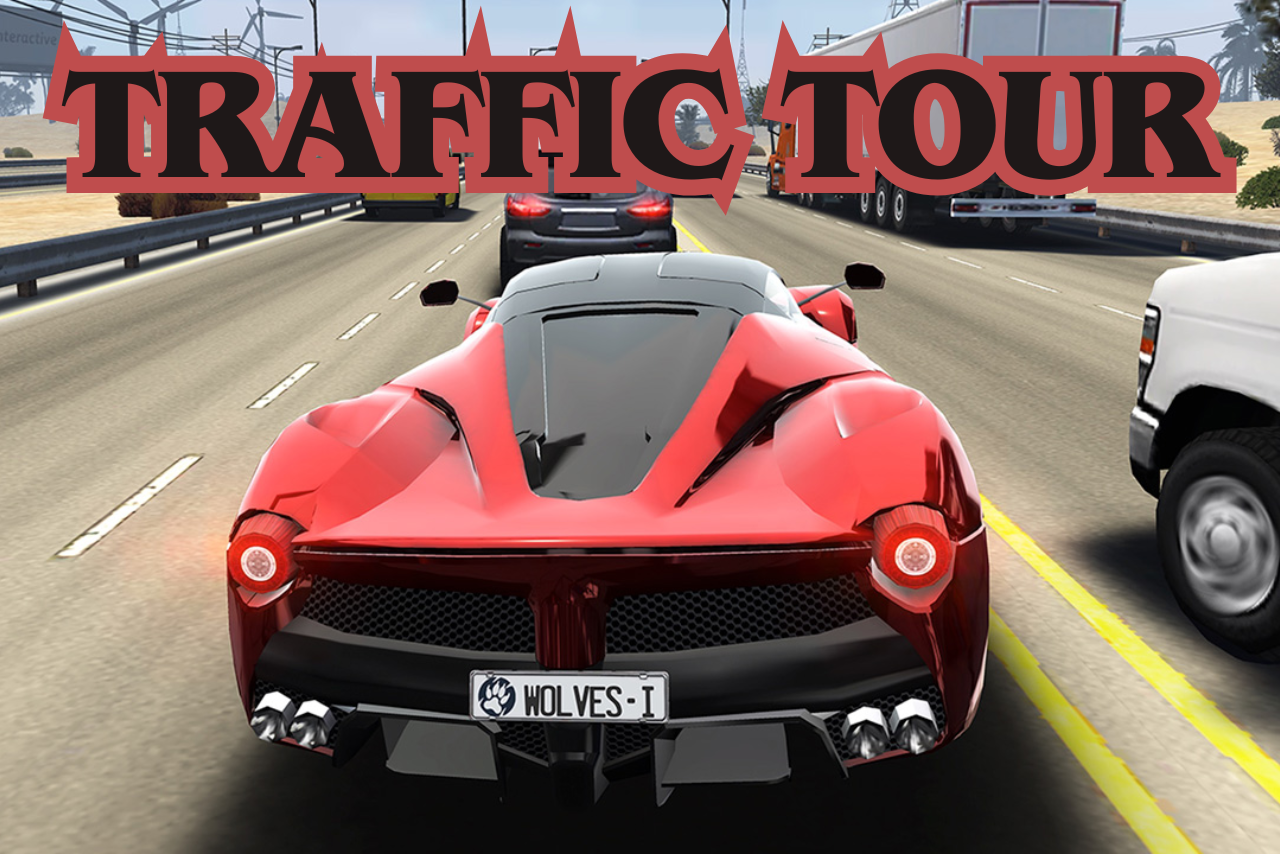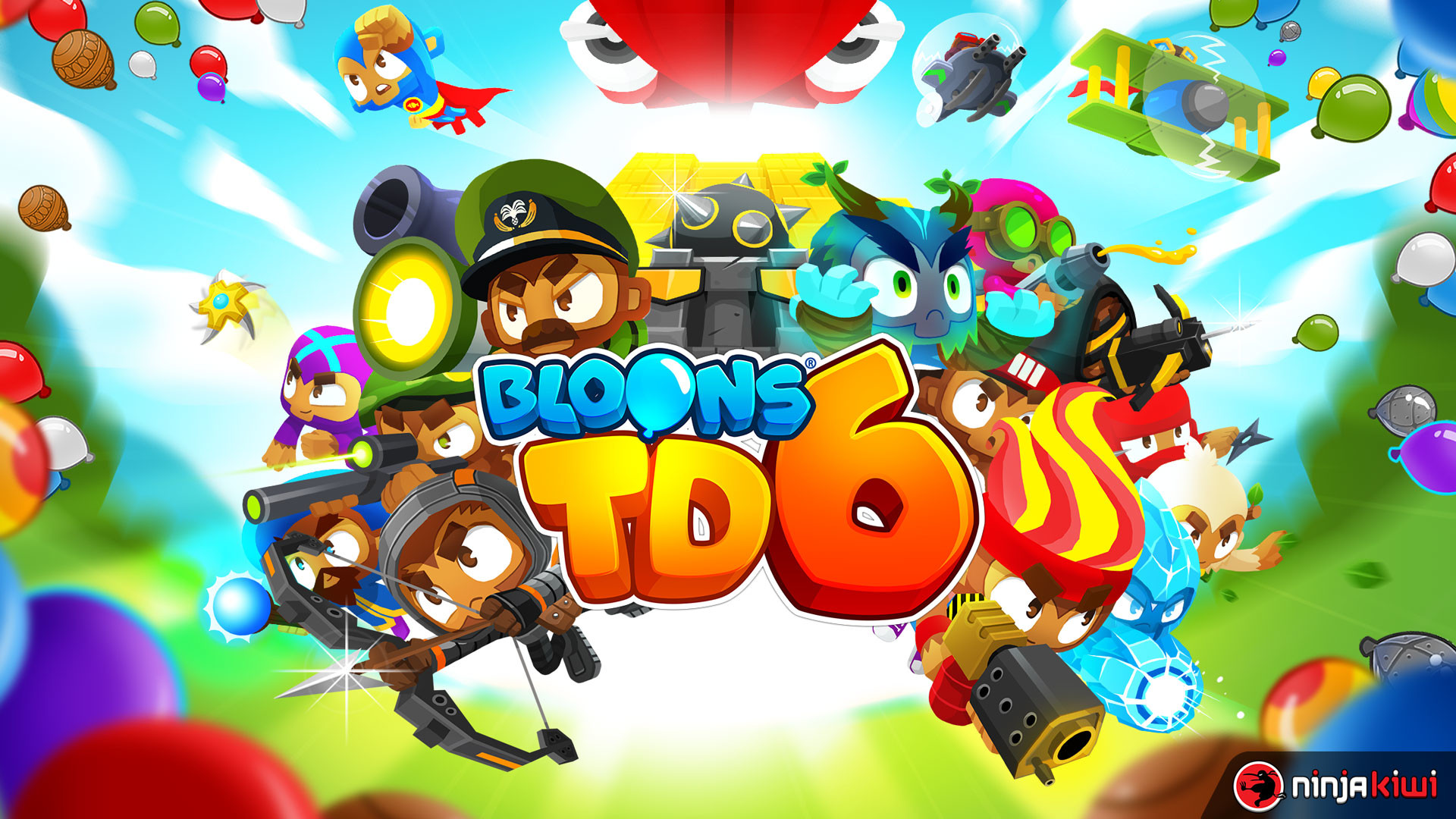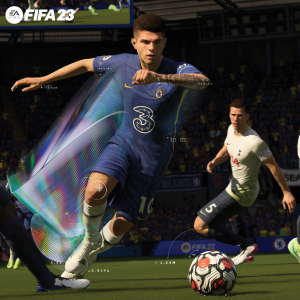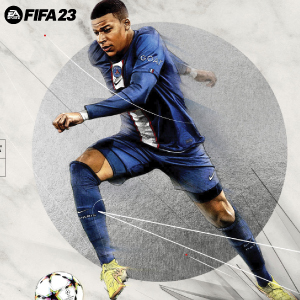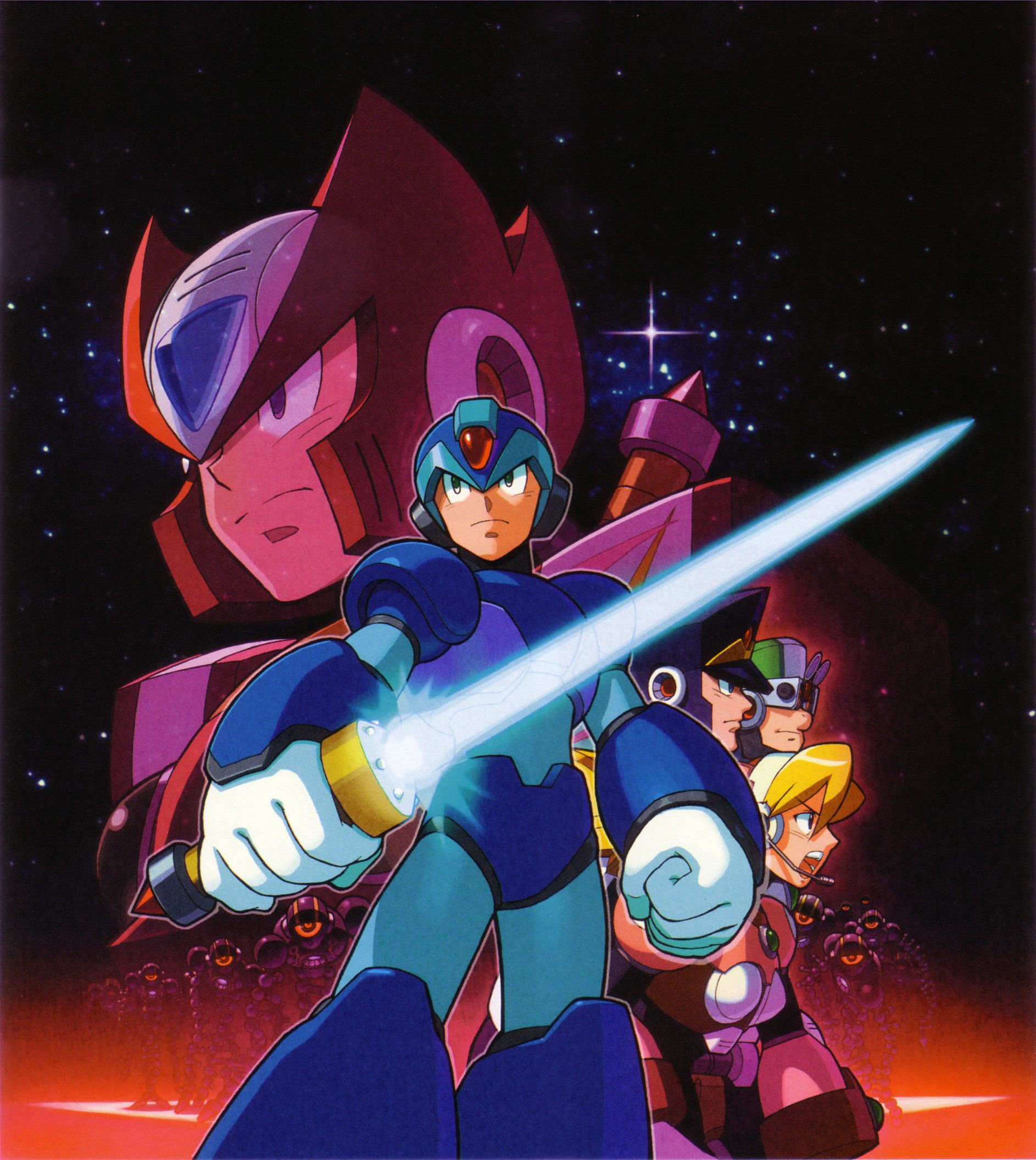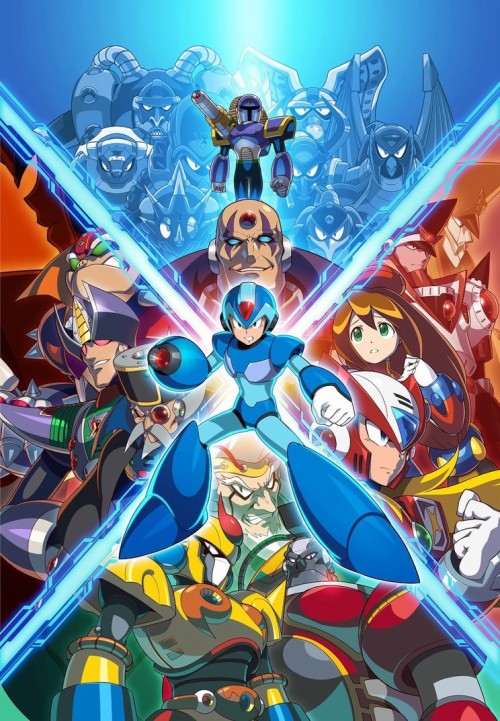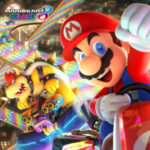Mario Kart 8 Deluxe – The Ultimate Racing Experience
Introduction: The King of Kart Racing
Mario Kart 8 Deluxe, developed by Nintendo for the Nintendo Switch, is one of the most beloved and iconic kart racing games of all time. Since its original release on the Wii U as Mario Kart 8 in 2014, the Deluxe version has introduced new features and refinements that have made it the ultimate Mario Kart experience. Combining fast-paced racing, fun power-ups, and fan-favorite characters, Mario Kart 8 Deluxe offers an exhilarating, family-friendly racing game that appeals to both casual players and competitive gamers alike. Whether you’re playing solo, with friends locally, or online, the game provides endless hours of entertainment.
1. Origins and Evolution: The Birth of Mario Kart 8
The Mario Kart Legacy
Mario Kart, first introduced in 1992 with Super Mario Kart for the Super Nintendo Entertainment System (SNES), set the foundation for what would become one of the most successful and enduring racing franchises in video game history. Each iteration has brought new gameplay mechanics, characters, and courses, with Mario Kart 8 being the latest (and best) version of the series.
From Wii U to Switch: The Deluxe Upgrade
When Mario Kart 8 was first released for the Wii U in 2014, it received widespread acclaim for its beautiful visuals, tight controls, and the addition of anti-gravity mechanics. The release of Mario Kart 8 Deluxe for the Nintendo Switch in 2017 brought even more features, including enhanced graphics, all previously released DLC, and the ability to play with friends both locally and online, making it the definitive version of the game.
Pros:
-
Builds on the legacy of Mario Kart with refined gameplay
-
Significant improvements in graphics and gameplay mechanics
-
Brings all the DLC from Mario Kart 8 to the Nintendo Switch
Cons:
-
Limited new content compared to previous titles
-
Anti-gravity mechanics may take time to master for newcomers
2. Gameplay Mechanics: Racing at Its Finest
Core Mechanics: Speed, Items, and Strategy
At its core, Mario Kart 8 Deluxe retains the formula that made the series a household name: fast, chaotic racing with fun power-ups. Players race around a variety of creative and themed tracks, using items like shells, bananas, and mushrooms to gain an advantage or sabotage opponents. The game’s controls are easy to pick up but hard to master, making it accessible for newcomers but still challenging for experienced players.
Anti-Gravity: A Fresh Twist
One of the standout features of Mario Kart 8 is the introduction of anti-gravity sections, where players can race upside down or along walls. These sections add an exciting layer of strategy, as players can boost by driving through special anti-gravity pads, giving them a tactical edge.
Pros:
-
Intuitive controls, making it easy for anyone to jump in and play
-
Anti-gravity mechanics add depth and excitement
-
Excellent balance between fun and competitive gameplay
Cons:
-
The speed can feel overwhelming for casual players
-
Some players may feel the anti-gravity mechanic adds unnecessary complexity
3. Characters and Customization: Choose Your Racer
A Star-Studded Cast
The Mario Kart franchise is known for its vast array of characters from the Mario universe, and Mario Kart 8 Deluxe is no different. Players can choose from familiar faces like Mario, Luigi, Princess Peach, Yoshi, Bowser, and more. The game also introduces new characters like Link from The Legend of Zelda, the Inkling Squids from Splatoon, and others, adding an extra layer of variety to the roster.
Kart Customization
Customization plays a significant role in Mario Kart 8 Deluxe. Players can adjust their kart setups, choosing from a variety of vehicles, tires, and gliders, each of which affects their kart's speed, handling, and weight. Experimenting with different combinations allows players to find the perfect setup for their racing style.
Pros:
-
Diverse cast of characters, including cross-franchise icons
-
Deep customization options for vehicles
-
Different karts allow for a variety of racing experiences
Cons:
-
Some characters and vehicles require unlocking, which may take time
-
Kart customization may be overwhelming for new players who are just starting out
4. Tracks and Environments: A World of Color and Creativity
Vibrant and Diverse Tracks
One of the highlights of Mario Kart 8 Deluxe is the game’s wide range of tracks. With over 40 courses, players race through creative environments that range from vibrant, colorful tracks to more serene and mysterious ones. Classic tracks from previous Mario Kart games make a return, with a fresh coat of paint and new mechanics to keep things exciting.
Dynamic Course Design
The tracks are designed with a focus on variety, offering different types of terrain and challenges. Some tracks are full of sharp turns, while others have plenty of jumps, obstacles, and environmental hazards. The anti-gravity sections also add a new dynamic, allowing for even more unique track layouts and challenges.
Pros:
-
Beautiful and well-designed tracks with a lot of visual variety
-
Returning classic tracks are updated with new twists
-
Anti-gravity sections create new opportunities for creativity
Cons:
-
Some tracks may feel too similar in design
-
A few tracks may be too challenging for beginners to enjoy fully
5. Power-Ups and Items: Chaos on the Track
A Classic Mario Kart Feature
No Mario Kart game is complete without its signature power-ups, and Mario Kart 8 Deluxe offers a plethora of items to use in the heat of the race. From green shells to bullet bills, players can use these items to gain an edge or disrupt the competition. Each item adds a fun layer of strategy to the game, forcing players to balance offense and defense as they race.
The Super Horn and Other New Items
The introduction of the Super Horn, an item capable of destroying all projectiles in a radius around the player, adds a new level of strategy to the game. Players can now defend against incoming shells and other hazards with the press of a button, adding a level of counterplay that was missing in previous titles.
Pros:
-
Wide variety of items that enhance the chaos and fun of racing
-
The Super Horn offers new ways to counter attacks
-
Items provide a strategic element beyond just racing
Cons:
-
Items can sometimes feel too chaotic, particularly in multiplayer
-
The randomness of items may frustrate players who prefer skill-based racing
6. Multiplayer and Online Play: Racing with Friends
Local and Online Multiplayer
Mario Kart 8 Deluxe shines in its multiplayer modes, allowing players to race against friends in local split-screen or online multiplayer. The ability to play with up to eight players online or four players locally makes it one of the best party games on the Nintendo Switch.
Competitive and Cooperative Modes
The game offers multiple multiplayer modes, including classic races, time trials, and battle modes. Battle modes allow players to engage in non-racing competitions like balloon popping, where the last racer standing wins.
Pros:
-
Excellent local and online multiplayer modes
-
Ability to race with friends around the world
-
Variety of multiplayer modes keeps things fresh
Cons:
-
Online matchmaking can sometimes feel uneven
-
Local multiplayer is limited to four players on a single console
7. Visuals and Audio: Eye-Catching and Ear-Soothing
Stunning Graphics
Mario Kart 8 Deluxe boasts some of the best graphics in any Mario Kart game, with vibrant colors, smooth animations, and beautiful courses that come to life in HD. The game runs at 60 frames per second, ensuring a smooth and visually stunning experience even during the most chaotic moments.
Soundtrack: Upbeat and Fun
The soundtrack of Mario Kart 8 Deluxe is just as lively as the visuals. With upbeat tracks and catchy tunes that match the action on screen, the game’s music helps keep the energy high. The sound design is also well-done, with distinct audio cues for items, collisions, and boosts.
Pros:
-
Gorgeous HD visuals and smooth frame rates
-
Fun, upbeat soundtrack that enhances the racing experience
-
Great attention to detail in the sound design
Cons:
-
Graphics may feel less impressive compared to newer, more cutting-edge titles
-
Some of the music may get repetitive during long sessions
8. DLC and Extra Content: A Bounty of Additions
The DLC Pack: More Tracks and Characters
Mario Kart 8 Deluxe includes all the downloadable content (DLC) from the original Mario Kart 8, adding more characters, vehicles, and tracks. The game also receives periodic updates and additional content, including new courses and characters from various Nintendo franchises.
The Mario Kart Booster Course Pass
In 2022, Nintendo introduced the Mario Kart 8 Deluxe Booster Course Pass, which includes additional new courses from past Mario Kart games, keeping the gameplay fresh and exciting with each update.
Pros:
-
The DLC and Booster Course Pass provide more content for players to enjoy
-
Extra content from other Nintendo franchises adds variety
-
New courses keep the game feeling fresh
Cons:
-
Some players may feel that certain new courses lack the originality of the base game
-
The additional content is locked behind the Booster Course Pass
9. Accessibility: A Game for Everyone
Easy to Learn, Hard to Master
One of the key reasons why Mario Kart 8 Deluxe is so popular is its accessibility. New players can easily pick up the game and race without needing to master complicated controls, while experienced players can delve deeper into the game’s mechanics and improve their skills.
Features for Casual Players
The game includes various options for casual players, such as auto-acceleration and smart steering, which make it easier for newcomers to stay on the track and enjoy the game without feeling frustrated.
Pros:
-
Accessible for players of all skill levels
-
Helpful features like auto-acceleration and smart steering
-
Local multiplayer is easy to jump into
Cons:
-
Some players may find the game too simple at first
-
Competitive modes can feel overwhelming for beginners
10. Conclusion: The Ultimate Mario Kart Experience
Mario Kart 8 Deluxe is the definitive entry in the iconic racing series, offering the perfect balance of fast-paced action, fun mechanics, and vibrant visuals. With its accessible gameplay, diverse tracks, and expansive multiplayer options, it’s the ultimate kart racing experience for Nintendo fans. Whether you're playing solo or with friends, the game offers endless fun and a variety of challenges that will keep you coming back for more. The game's timeless appeal and ability to bring joy to players of all ages make it a must-have for any Nintendo Switch owner.
Final Thoughts: Mario Kart 8 Deluxe continues the legacy of its predecessors while introducing new features that elevate the gameplay to new heights. If you’re looking for a fun, fast, and chaotic racing game to enjoy with friends or family, look no further than Mario Kart 8 Deluxe
